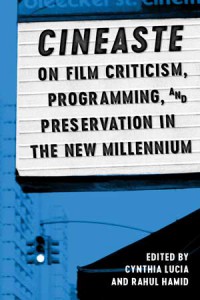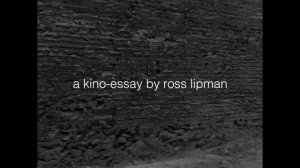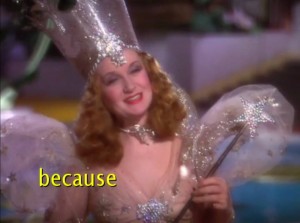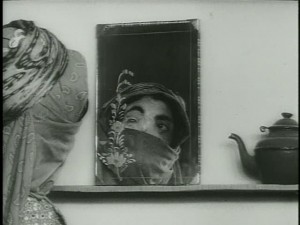From “Film Criticism in America Today: A Critical Symposium,” Cineaste 26, no. 1, 2000. This is the first of several symposia gathered in a new collection edited by Cynthia Lucia and Rahul Hamid, Cineaste on Film Criticism, Programming, and Preservation in the New Millennium, Austin: University of Texas Press, 2017. –- J.R.

Here are my replies to the following questions from Cineaste:
1. What does being a film critic mean to you? (More specifically, why do you write film criticism? Whom do you hope to reach, and what do you hope to communicate to them?)
2. What qualities make for a memorable film critique? (Do you think such critiques tend to be positive or negative in tone? Is discussing a film’s social or political aspects as important to you as its cinematic qualities and value as art or entertainment?)
3. How would you characterize the relationship between film critics and the film industry? Do you think film critics could be more influential in this relationship? How?
4. What are the greatest obstacles you face in writing the kind of film criticism you wish to write? (For example, does your publication require delivery of your copy on a short deadline after only one screening, limit the space available for your reviews, or dictate which films you should review? Read more
Written for Whose Cinema?, a Critics’ Choice Slow Criticism Project booklet published at the Rotterdam International Film Festival, January 27 — February 7, 2016, and in the February 2016 issue of the online Filmkrant. — J.R.



“Back then [in Hungary in the late 1970s], it was the censorship of the politics, and now we have the censorship of the market. What has changed? The climate is the same. If you are a filmmaker, it is always fucked up.”
–Béla Tarr at the Walker Art Center (Minneapolis), 2012
“Piracy isn’t a victimless crime,” is what we read at the beginnings of an inordinate number of DVDs and Blu-Rays — to which I’m often tempted to reply that capitalism isn’t always or invariably a victimless crime either, especially when the victim turns out to be the consumer. And the fact that piracy is usually regarded as a crime and capitalism usually isn’t should mark the beginning of any clear-headed discussion of who (or what) cinema should belong to.
If “Whose cinema?” is a question that needs to be answered, we first have to add another question, and an even thornier one — “What cinema (or whose cinema) are we talking about?” Read more
The following was commissioned by and written for Asia’s 100 Films, a volume edited for the 20th Busan International Film Festival (1-10 October 2015). — J.R.

The House is Black is the most acclaimed of all Iranian documentaries. It was directed by Forough Farrokhzad (1935-1967), widely regarded as the greatest of all Iranian women poets and the greatest Iranian poet of the 20th century, who died in a car accident when she was only 32. It was Farokhzad’s only film, produced in 1962 by her lover Ebrahim Golestan (an important filmmaker in his own right, for whom she also worked as an editor, and who serves as one of the film’s narrators). The film observes the tragic life of lepers in an isolated leprosy hospital (a hell on earth and a nest of suffering and death) near Tabriz in northwestern Iran. The Society for Assisting Lepers commissioned the film, and the director’s intention was “to wipe out this ugliness and to relieve the victims.”

Farrokhzad avoids infringement by creating a close relationship with the lepers, and by searching for the seeds of joy and vitality within the hopelessness. She depicts the inhabitants in their daily occupations, having meals, praying, the children playing ball and attending school. Read more






